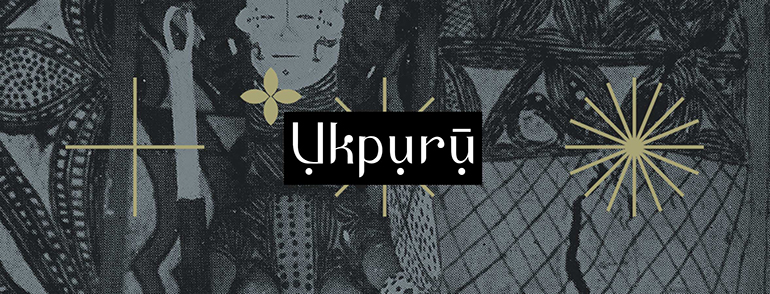 Image: 'Fishery in the Lower Niger' c. 1890 engraving from the travels of the officer of the French Foreign Legion, Antoine Mattei.
Image: 'Fishery in the Lower Niger' c. 1890 engraving from the travels of the officer of the French Foreign Legion, Antoine Mattei.
[...] I had before observed below Onitsha, along the shores, rustic sentry boxes, supported on six poles about 12 feet above the ground, and had taken them to be stations for guardians of the river. They are stations, but for the fishermen. They perch themselves up in these watch-boxes, whence they can command the neighbourhood. A large oblong net, a sort of seine, with a basket in the middle, made of vegetable fibres, is suspended over the water. By the aid of a long rope of the same material, the fisherman lowers or raises his net. Near at hand, in a canoe moored to the shore, two negroes, silent and motionless, are on the look-out. As soon as the net is raised the canoe comes up and the catch is thrown into it ; the sentinel, who does not move from his eyrie, then again lets down the net into the river. This method appears to answer very well, for I have seen the natives thus catch a large quantity of fish ; they swarm there, and they are as fine as they are abundant. This does not prevent them from also using harpoons and fish-hooks, which they manufacture themselves. [...]
– Adolphe Burdo (1880). "The Niger and the Benueh." p. 174–175.

No comments:
Post a Comment